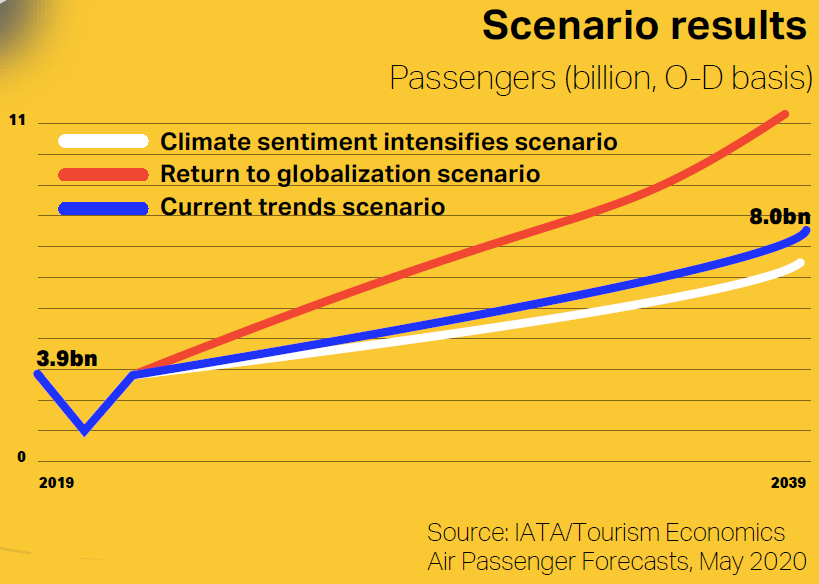Delay is one of the most crucial factors affecting the airspace efficiency, safety, as well as passenger satisfaction. Aviation experts always try to optimize the operation to decrease the delay as much as possible for years. Against the fact that the number of delays is actually quite low, even with the COVID-19 crisis, the traffic was forecasted to increase by 3.7% annually for the upcoming 20 years. We need to be prepared for the upcoming number of air passenger journeys that will be doubled in the next 20 years, compared with today.
[blockquote text=”Understanding the Coordination Parameter will lead to our win over the inherent delays!” text_color=”#004361″ show_quote_icon=”yes”][vc_separator type=’transparent’ position=’center’ color=” thickness=’5′ up=” down=”]
The Forgotten Heart
One of the main factors that people focus on improving in the airport operation is to enhance the slot allocation procedure to reduce and prevent the delay from the congestion. However, people only paid attention to the big picture, but often overlooked how to reduce the inherent delay from the core, which is more crucial. Coordinating and allocating flights may be a traditional activity used to alleviate the delay and congestion, but current capacity constraints is the heart of this topic. To better understand how to reduce the inherent delay, we should look deeper into the core of the slot allocation, which is the coordination parameters.
What is a Coordination Parameter?
The coordination parameters represent the maximum capacity available for allocation considering the functional limitations at the airport, which should be reviewed twice a year by relevant stakeholders in advance of each IATA season. There are many coordination parameters to be considered, but how to choose a set of coordination parameters for each airport is the main challenge to be figured.
According to World Wide Airport Coordinators Group (WWACG), the coordination parameters could be mainly classified into 4 main groups, as per their limit or constraint: Environmental Limits, Runway Capacity, Parking Capacity, and Terminal Capacity.
There are many possibilities to determine the coordination parameters. One of the most common methods is to identify the bottleneck of the flow on both airside and landside, in which the limitation of airport’s capacity should not be exceeded. Examples of subjects to be considered while identifying the bottleneck of the flow are
- Airside: Runway hourly movement limit, Stand availability, Noise quota, etc.
- Landside: Check-in counters availability, Passenger waiting time at each touch point, Passenger flow limit at each touchpoint, etc.
By looking deeper into the coordination parameters, the relevant stakeholders can identify the true reasoning behind the delays of the operation. People may think that the delays were caused by inefficient management on the airside operation, however, the hard constraint of the whole operation may appear since the beginning of the landside process.
However, despite the crisis, we can’t argue that this is one of the best times for the aviation industry to take a deep breath, step back, rethink, and prepare for the large number of traffic in near coming future.
Let’s turn the crisis into the opportunity while the skies are still empty.
About To70. To70 is one of the world’s leading aviation consultancies, founded in the Netherlands with offices in Europe, Australia, Asia, and Latin America. The environment has been part of our DNA. Since its inception in 2000 To70 has played a leading role in the efforts to reduce environmental impacts of aviation. With our thorough understanding of these impacts, airspace management, air traffic operations, safety and aviation policy, we are capable in developing practical and feasible solutions for a quieter and greener aviation. For more information, please refer to www.to70.com.



